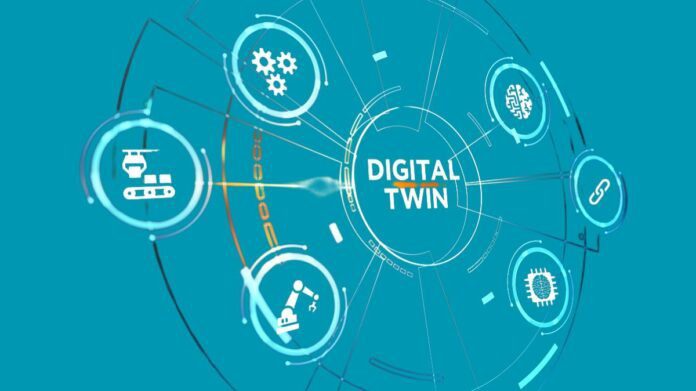What is a digital twins?
A virtual version of a system or item that is intended to faithfully replicate a real one is called a digital twin. It incorporates simulation, machine learning, and reasoning to aid in decision-making, covers the object’s lifespan, and is updated based on real-time data.
How does a digital twins work?
A wind turbine, for instance, is equipped with a number of sensors pertaining to critical functioning areas. These sensors provide information on a variety of physical item performance parameters, including energy production, temperature, weather, and more. After receiving this data, the processing system actively adds it to the digital copy.
The digital model may be used to carry out different simulations, examine performance issues, and develop possible improvements after the relevant data has been supplied. Gaining important information that may be used to enhance the original physical thing is the ultimate goal.
Digital twins Types
Depending on the degree of product magnification, there are many kinds of digital twins. The field of application is where these twins diverge most. Various kinds of digital twins often coexist in a system or procedure.
Parts twins or component twins
The simplest example of a functional component is a component twin, which is the fundamental element of a digital twin. Although they relate to significantly less significant components, parts twins are essentially the same thing.
Asset twins
An asset is what is created when two or more parts come together. With asset twins, you can examine how those elements interact, producing a plethora of performance data that can be analyzed and transformed into useful insights.
System or Unit twins
System or unit twins, which allow you to see how various assets combine to produce a whole working system, represent the next degree of magnification. System twins provide insight into how assets interact and might recommend ways to improve performance.
Process twins
The macro level of magnification, known as process twins, shows how systems cooperate to form a whole manufacturing plant. Will delays in one system impact the others, or are those systems all synchronized to function at maximum efficiency? The exact time patterns that eventually affect overall efficacy may be determined with the use of process twins.
Benefits and advantages of digital twins
Improved R&D
With the creation of a wealth of data on probable performance outcomes, the deployment of digital twins facilitates more efficient product research and design. Before beginning manufacturing, businesses may use the information to get insights that assist them develop their products.
Increased effectiveness
Digital twins may assist in mirroring and monitoring production systems even after a new product has entered production, with the goal of reaching and sustaining maximum efficiency throughout the manufacturing process.
End of life of the product
When items approach the end of their lifespan and need final processing, such as recycling or other methods, digital twins may even assist producers in making decisions. They can identify which product ingredients can be extracted by employing digital twins.
Applications
The following applications already make substantial use of digital twins:
Power-generation equipment
Digital twins are quite helpful when it comes to establishing time frames for routine maintenance on large engines, such as power-generating turbines, jet engines, and locomotive engines.
Systems and their structures
It may enhance huge physical structures, such skyscrapers or offshore drilling platforms, especially while they are being designed. Additionally helpful in the design of the HVAC and other systems that run within such buildings.
Production processes
Digital twins have become commonplace in all production phases, leading items from concept to final product and all processes in between, which is not unexpected given that they are intended to reflect a product’s whole lifespan.
Medical services
Digital twins may be used to profile people getting medical treatment, just as they can profile items. Numerous health indicators may be tracked and important insights can be produced using the same kind of sensor-generated data system.
Automobile sector
Digital twins are widely employed in car design to enhance vehicle performance and boost manufacturing efficiency. Automobiles are examples of complicated, co-functioning systems.
Urban planning
Digital twins, which can display 3D and 4D spatial data in real time and integrate augmented reality systems into constructed settings, greatly assist civil engineers and other professionals engaged in urban planning operations.
The digital twin’s future
Current operational paradigms are undergoing a major shift. An integrated physical and digital perspective of assets, equipment, buildings, and processes is necessary as a result of the digital reinvention taking place in asset-intensive sectors that are disruptively altering operating patterns. A key component of such realignment is the use of digital twins.
Because more and more cognitive resources are being allocated to the usage of digital twins, their potential is almost endless. Digital twins can thus continue to provide the insights required to improve goods and streamline operations since they are always acquiring new skills and capabilities.


